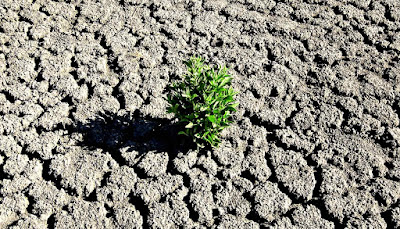21ST CENTURY TEXAS CLIMATE WILL RIVAL ‘MEGADROUGHTS’
The future environment of Texas will feature drier summertimes and reducing sprinkle supplies for a lot of the specify for the rest of the 21st century, scientists record.
These factors will most likely outcome in the driest problems the specify has endured in the last 1,000 years, inning accordance with the new study.
Bermain Judi Slot Online Terdapat Banyak Bonus Menggiurkan
THE MESSAGE IS CLEAR: TEXAS IS GETTING HOTTER AND DRIER, AND THE TIME TO TAKE ACTION IS NOW.
Using one of the most advanced environment models, the group forecasted dry spell problems and appropriate information for stakeholders such as agricultural manufacturers, large surface sprinkle providers, small groundwater sprinkle areas, and local sprinkle planning areas.
The scientists find that the message is clear: Texas is obtaining hotter and drier, and the moment to act is currently.
Information show Texas was a lot wetter 10,000-15,000 years back coming from the last Ice Age, says John Nielsen-Gammon, teacher at Texas A&M College, supervisor of the Texas Facility for Environment Studies, and the Texas Specify Climatologist.
Ever since, the state's environment has mainly been just like today's, with the exemption of some wetter and drier durations. In the previous thousand years, there have been several years of extended dry spell durations called "megadroughts"—something Texas will most likely translucent completion of the century.
"Our study shows that the drier problems expected in the last fifty percent of the 21st century could be drier compared to any one of those megadroughts, depending upon how you measure dry skin," Nielsen-Gammon says.
Texas policymakers have developed sprinkle forecasts and preservation plans for years, but these fail in many locations, the new study wraps up.
The dry spell of the 1950s is still considered the "dry spell of record" and remains one of the most serious in Texas in the previous 125 years. But present sprinkle plans don't take right into factor to consider most likely declines in Texas' supply of water because of future environment change."The specify sprinkle plan does not clearly consider environment change in determining how supply of water and sprinkle demand will both change," Nielsen-Gammon says.
"As our paper factors out, pinning numbers on either of those changes is a challenging challenge, and it is not simply an issue of estimating changes in precipitation. Connecting future supply of water to criteria established by the dry spell of record is a defensible choice, but policymakers should understand that the chances of exceeding the dry spell of record are probably enhancing year by year."



